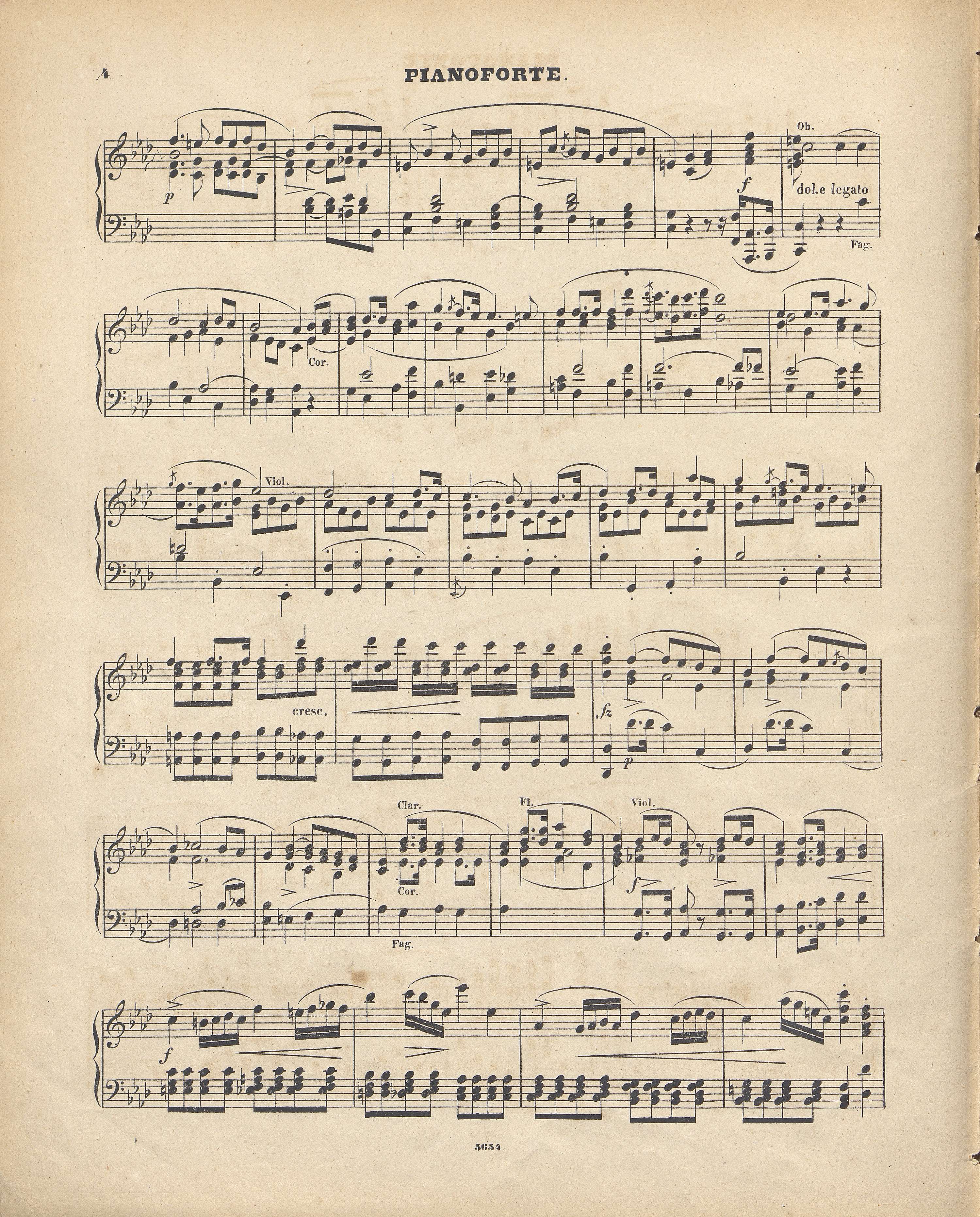



The slurs of the editions, although almost certainly arbitrary (typical whole-bar slurs for the engraver of GE1), do not substantially influence the performance: the break falls between notes at the same pitch (g2) and leading the slur in bar 44 to the end of the bar may be regarded as a slur-tenuto, used by Chopin on a number of occasions.
Compare the passage in the sources »
category imprint: Differences between sources
issues: Inaccuracies in GE, GE revisions
notation: Slurs




